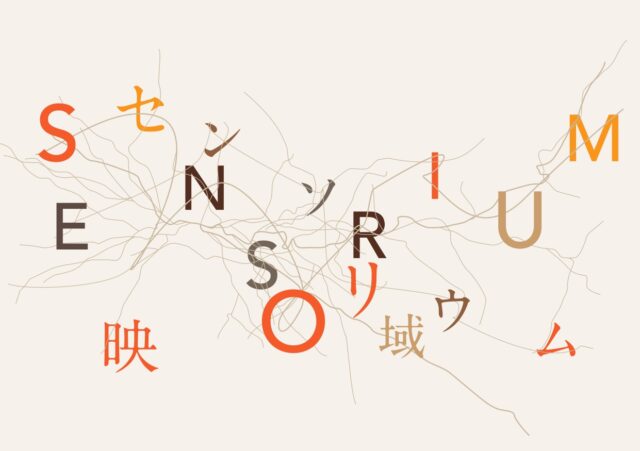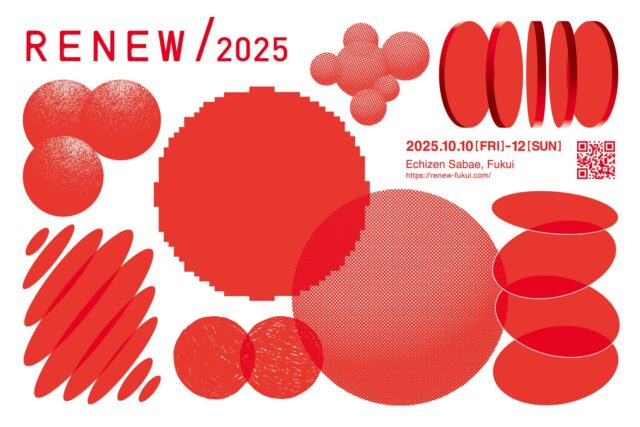Open Factory Event “KITE MITE MII TOKUSHIMA 2025” to Be Held in Tokushima Prefecture
Featured Exhibitions & Events VOL.49
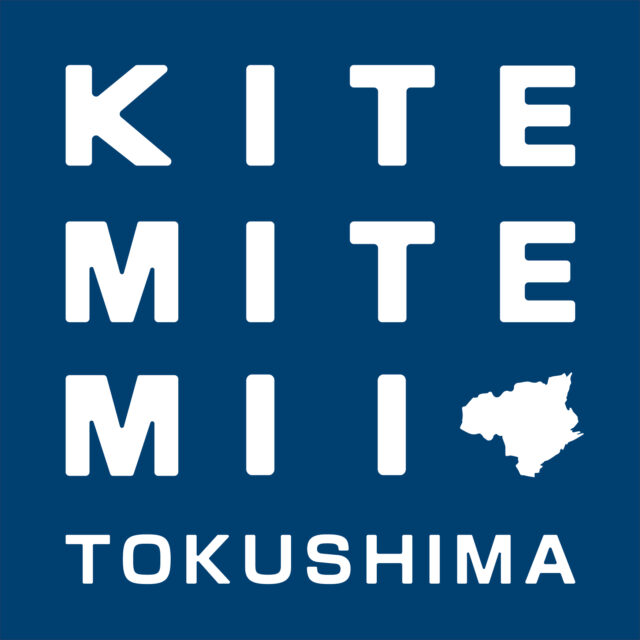

VOL.1-49
Update
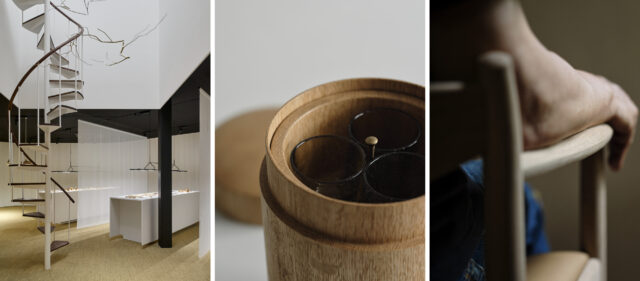
VOL.1-22
Update
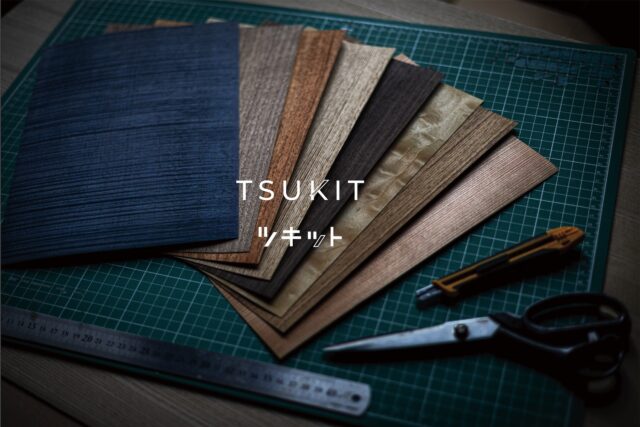
VOL.1-21
Update
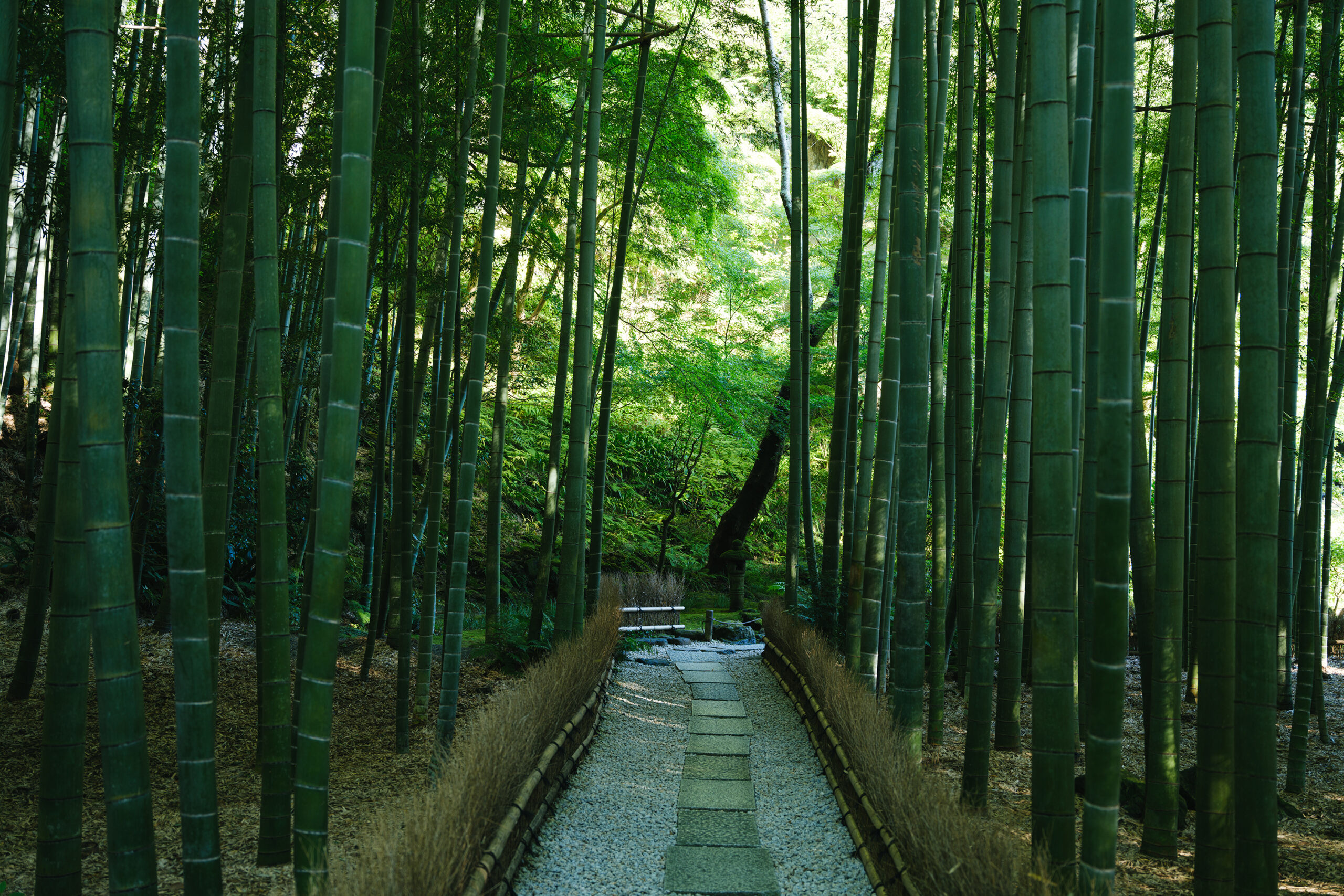
VOL.1-3
Update
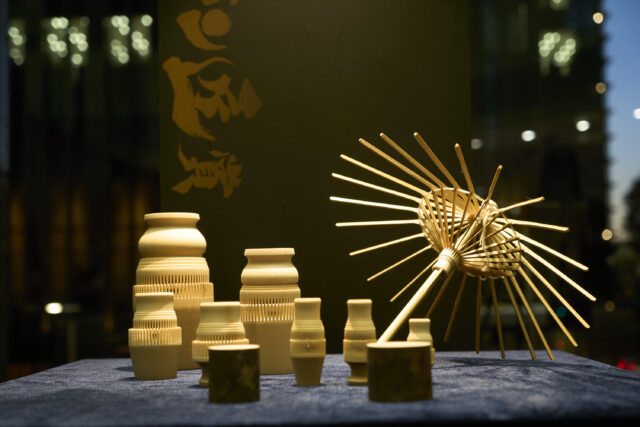
VOL.1-27
Update
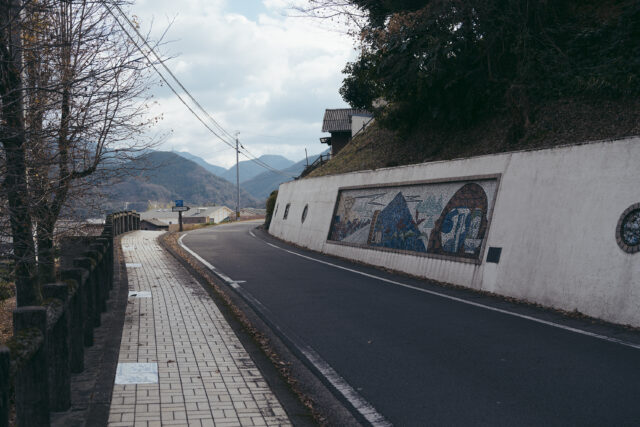
VOL.1-4
Update
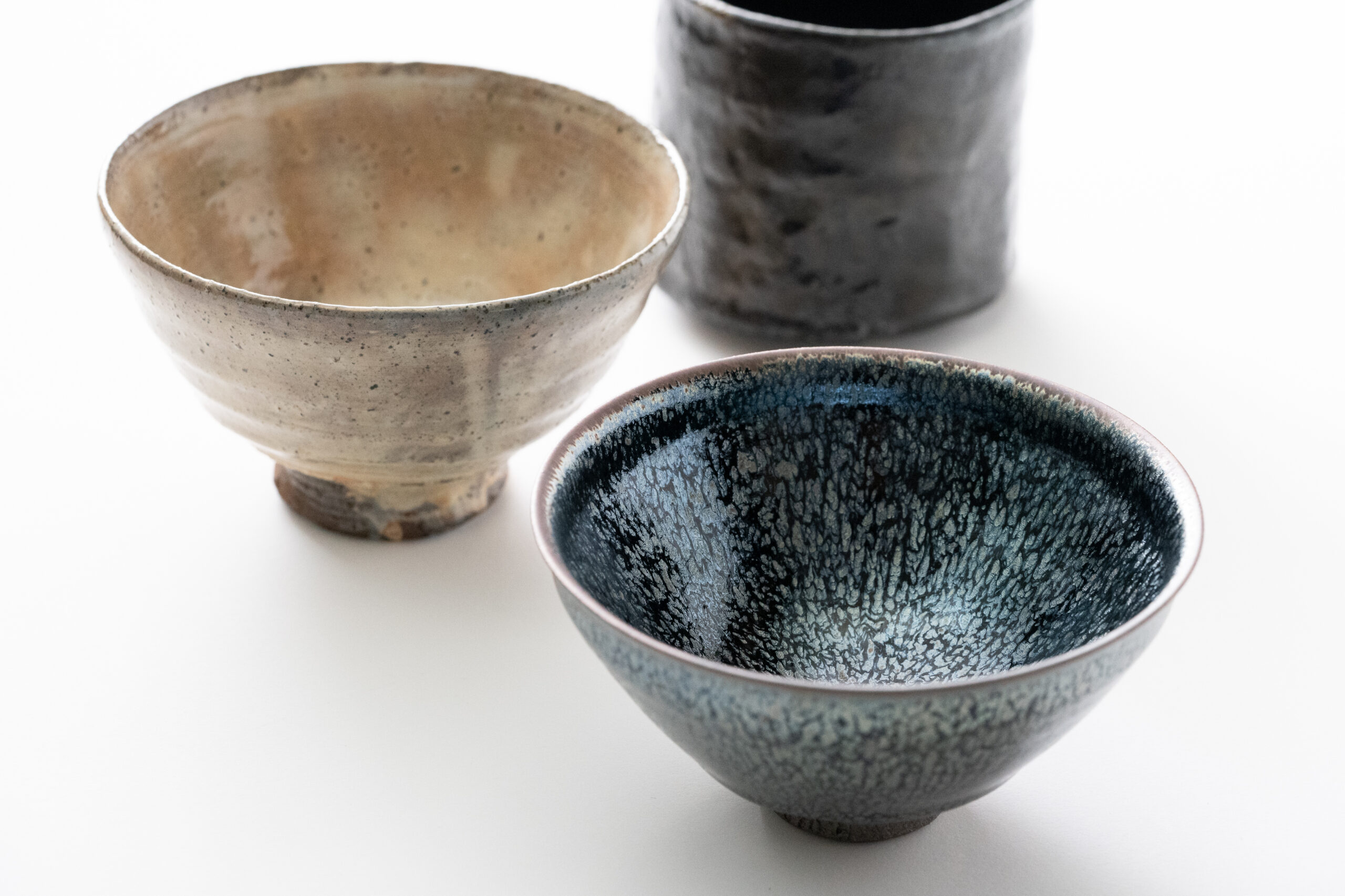
VOL.1-3
Update

VOL.1
Update
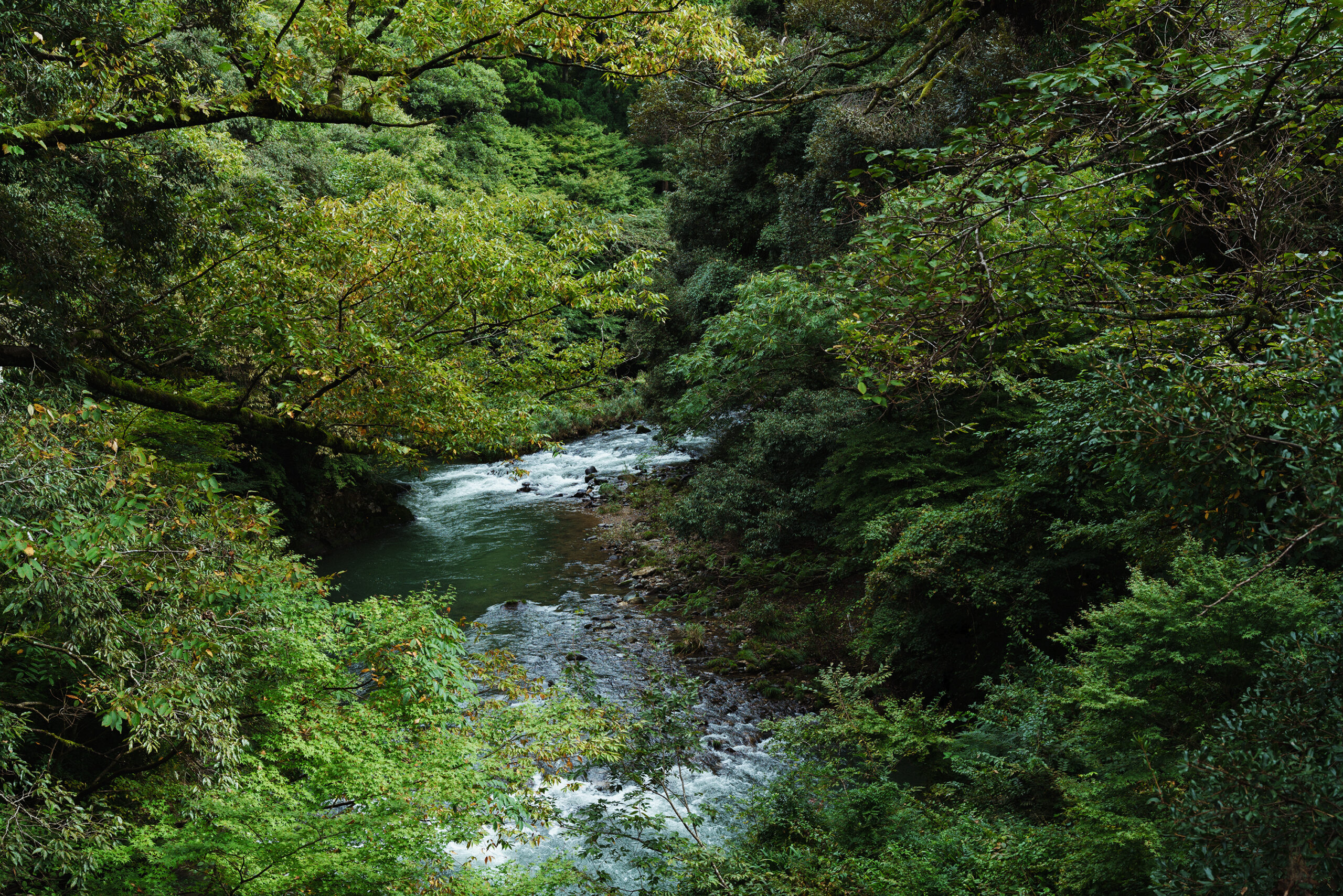
VOL.1-7
Update
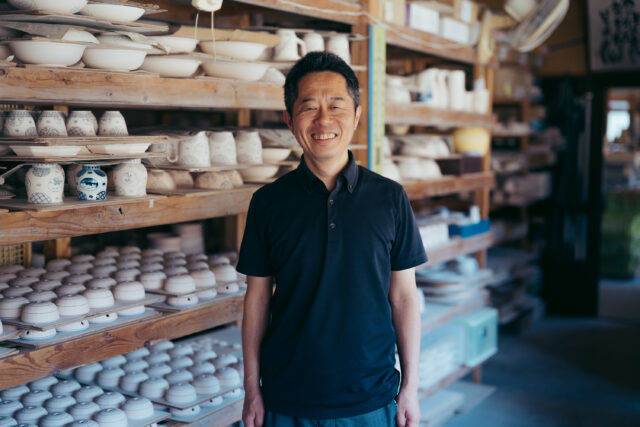
VOL.1-32
Update
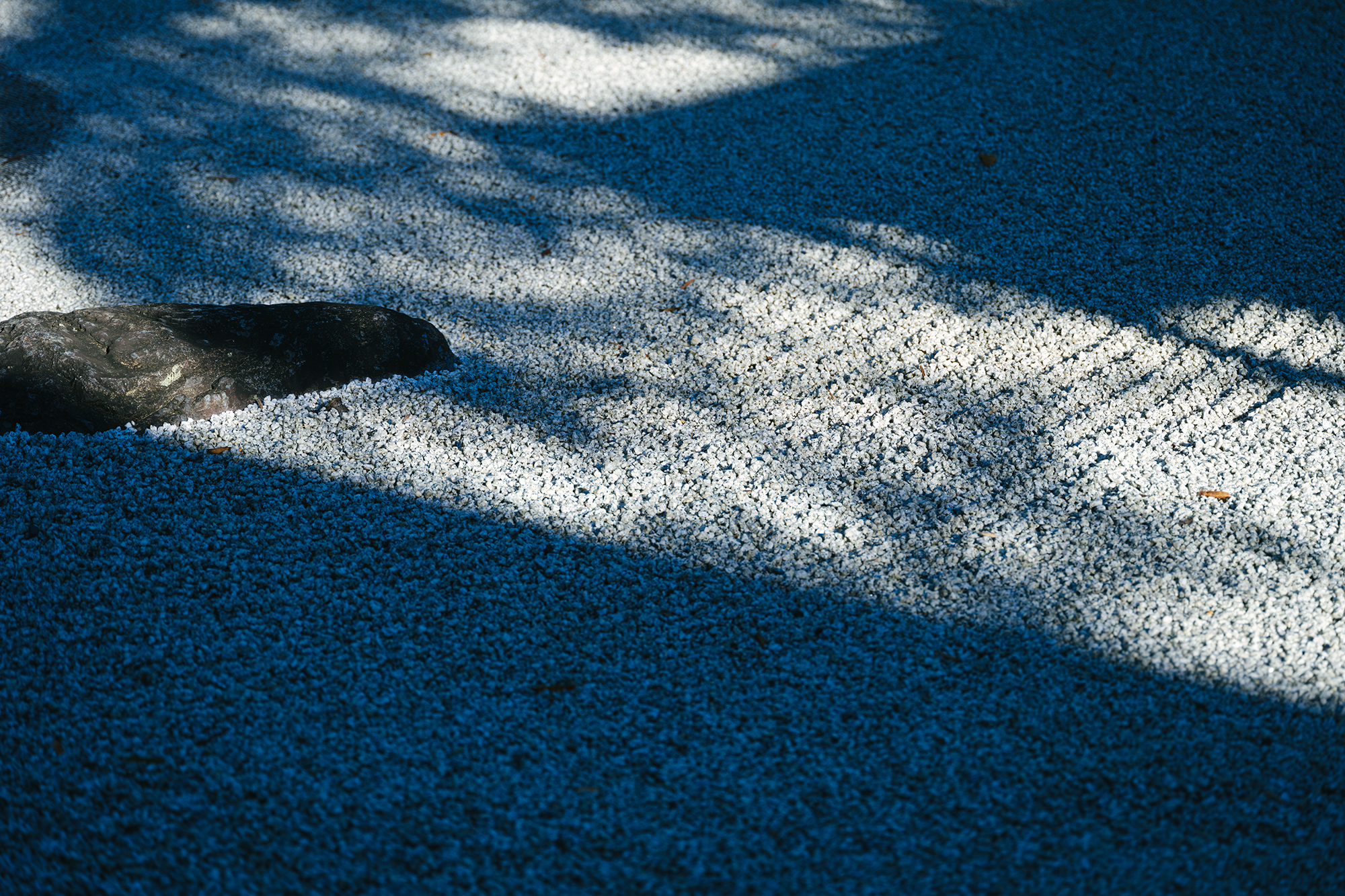
VOL.1-12
Update
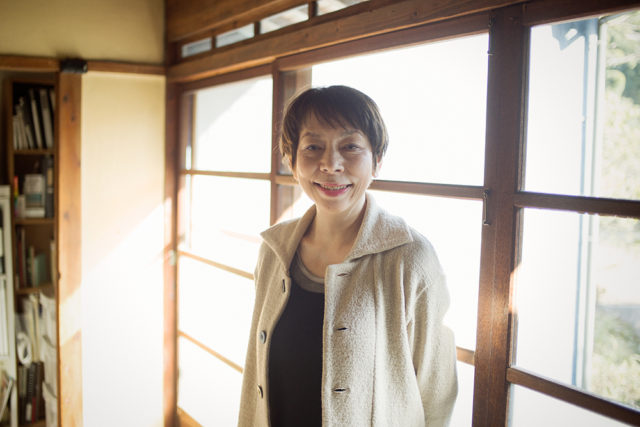
VOL.1
Update
We share a variety of information and perspectives on Japanese crafts, including exhibition information and interviews.
Featured Exhibitions & Events VOL.49
Featured Exhibitions & Events VOL.48
Featured Exhibitions & Events VOL.47
Featured Exhibitions & Events VOL.46
Nov 1 – Nov 9, 2025
TOBETOBEKUSA
Okayama
Nov 1 – Nov 9, 2025
toutou
Nov 1, 2025 – Jan 25, 2026
TOYAMA GLASS ART MUSEUM
Nov 2 – Nov 7, 2025
KAKIDEN GALLERY

The inception of Hagi ware dates to the early 17th century, when Korean potters were invited to produce tea bowls in Japan, with the aim of replicating the Korean tea bowls, or Korai chawan, popular in the world of the tea ceremony. Among the various types of Korai chawan, the Ido tea bowl, which epitomized the wabi-sabi aesthetic of the time, was particularly cherished.
Tori Yoshino’s “Hagi Daido Ido Tea Bowl” utilizes the clay representative of Hagi ware, known as “Daido-tsuchi,” without adding any additional elements, and is formed on a potter’s wheel before being fired in an ana-gama (cave) kiln. It is the combination of elements – the fine kanyu or “crackle” seen throughout the large bowl, the shriveled and grainy kairagi glaze around the base, and the marks from the potter’s wheel and fingers which show the artist’s workmanship, along with the soft, loquat-colored glaze resulting from natural ash deposition – which all together create an aesthetic that aptly conveys the charm of Ido tea bowls traditionally crafted in Hagi.
Immersed in the silence of the mountains, Tori focuses whole-heartedly on ceramic making, tackling the essence of Hagi ware head-on. His expression embodies the straightforward elegance of Hagi ware, a beauty that permeates all of his creations. There is a captivating power in his tea bowls which seems to resonate with the hearts of modern people.
